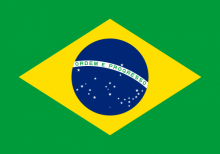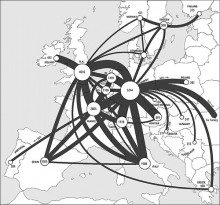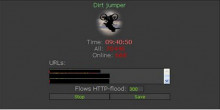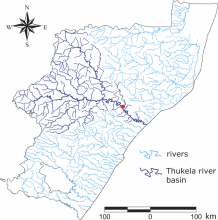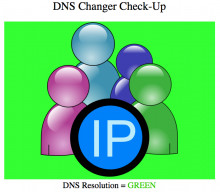TIME Powers HITB Security Conference with 500Mbps Internet Speeds
TIME dotCom Bhd (“TIME” or “The Group”) will supply Internet speeds of 500Mbps to the Hack in The Box Security Conference 2012 (HITBSecConf2012) from 8 to 11 October, allowing conference participants to seamlessly showcase the latest in online security, data and encryption techniques. The connection would be a dedicated link direct to the global internet exchanges powered by TIME’s 100% Fibre Optic Network giving participants the fastest ever Internet access in Malaysia. It’s first of its kind for any HITB event.















































